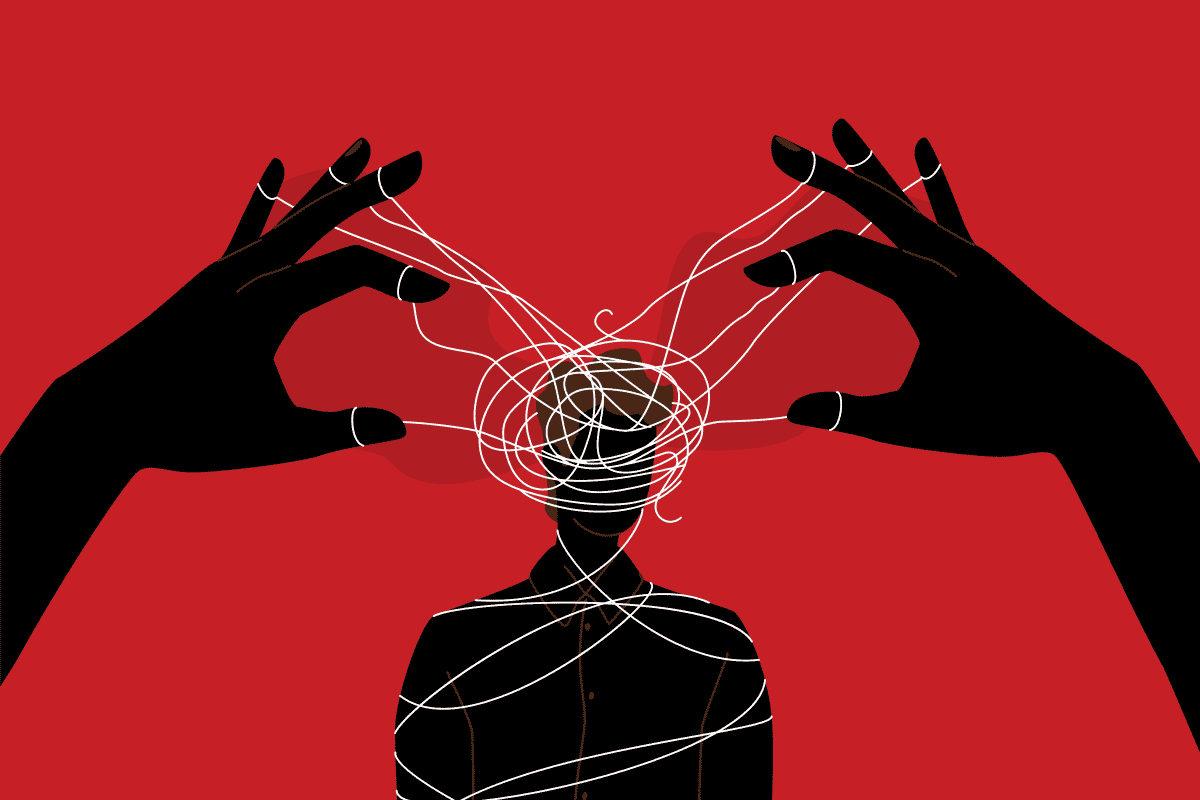Maybe it is all in their heads – the head movements, at least. Researchers have identified clear patterns of head movement among incarcerated women who also score high on tests that identify psychopaths. This discovery marks a milestone in understanding nonverbal cues linked to psychopathy.
The study, leveraging an automated detection algorithm, analyzed head positions during clinical interviews of more than 200 female prisoners.
An Undercounted Population
Earlier this year, a speaker at the Cambridge Festival argued that there might be far more female psychopaths than anyone thought.
Clive Boddy, PhD, with Anglia Ruskin University, presented findings that refute the established research that claims male psychopaths outnumber women by a 6:1 ratio.
“People generally attribute psychopathic characteristics to males rather than to females,” Boddy, deputy head of the school of management at Anglia, said. “So even when females display some of the key traits associated with psychopathy – such as being insincere, deceitful, antagonistic, unempathetic and lacking in emotional depth – because these are seen as male characteristics they may not be labeled as such, even when they should be.”
Where women differ, Boddy contends, is that they rely on words (e.g. manipulation) rather than action (e.g. violence) to achieve their goals. As a result, they tend to fly under the radar.
“Female psychopaths, while not as severely psychopathic or as psychopathic as often as males are, have nevertheless been underestimated in their incidence levels and are therefore more of a potential threat to business and society than anyone previously suspected,” Boddy added.
Tracking Head Movements in Psychopaths
Key findings from this inmate study show that women with elevated psychopathic traits displayed a more fixed and focused head position throughout their interviews.
Researchers noted how this behavior reminded them of earlier observations of male inmates, where high psychopathy scores correlated with less head movement.
More specifically, this research found that women with higher scores on the Psychopathy Checklist-Revised (PCL-R) spent more time with minimal head movement compared to their lower-scoring counterparts.
The PCL-R, a standard tool for assessing psychopathic traits, relied on two main factors: interpersonal and affective traits (Factor 1) and lifestyle/behavioral and antisocial traits (Factor 2). Researchers noticed that both factors appeared linked to rigid head positions, underscoring a consistent nonverbal marker of psychopathy that spans genders.
Building on Earlier Research
This research expands on prior studies that focused predominantly on men, highlighting the importance of considering gender differences in psychopathic behavior. While men and women share many psychopathic traits, manifestations in nonverbal communication, such as head dynamics, can vary.
The study, which spanned data pulled from 2009 to 2019, involved participants from a medium- and maximum-security prison. Researchers employed machine learning techniques to precisely measure head movements during the semi-structured PCL-R interviews, meant to measure naturalistic interpersonal behavior more accurately.
These findings mark an important step toward a more nuanced understanding of psychopathy, with a focus on nonverbal cues in diagnosing and understanding this personality disorder.
The researchers added that future studies could better explore the predictive utility of these nonverbal behaviors in assessing psychopathy and related antisocial outcomes.
Further Reading
Psychopathological Effects of Solitary Confinement
Psychopathology and Remission Pattern of Cannabis-Induced Psychotic Disorder

